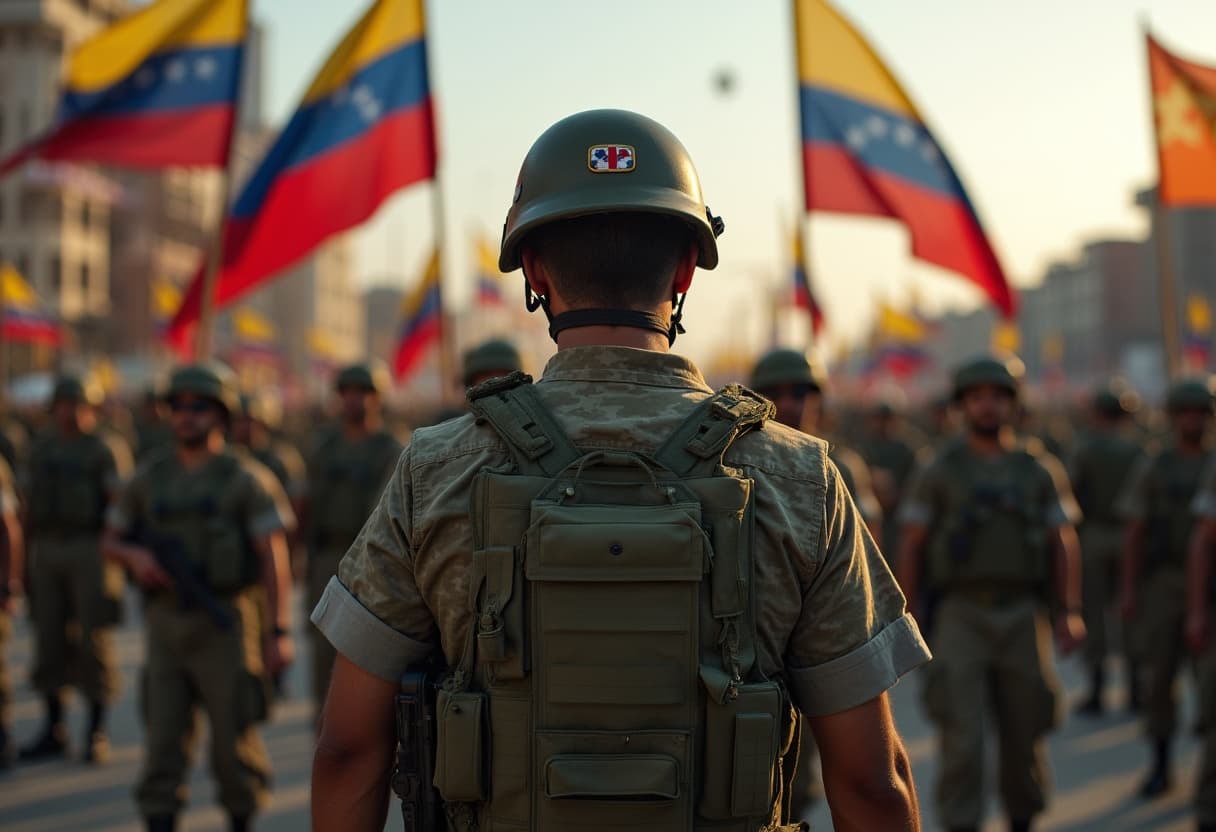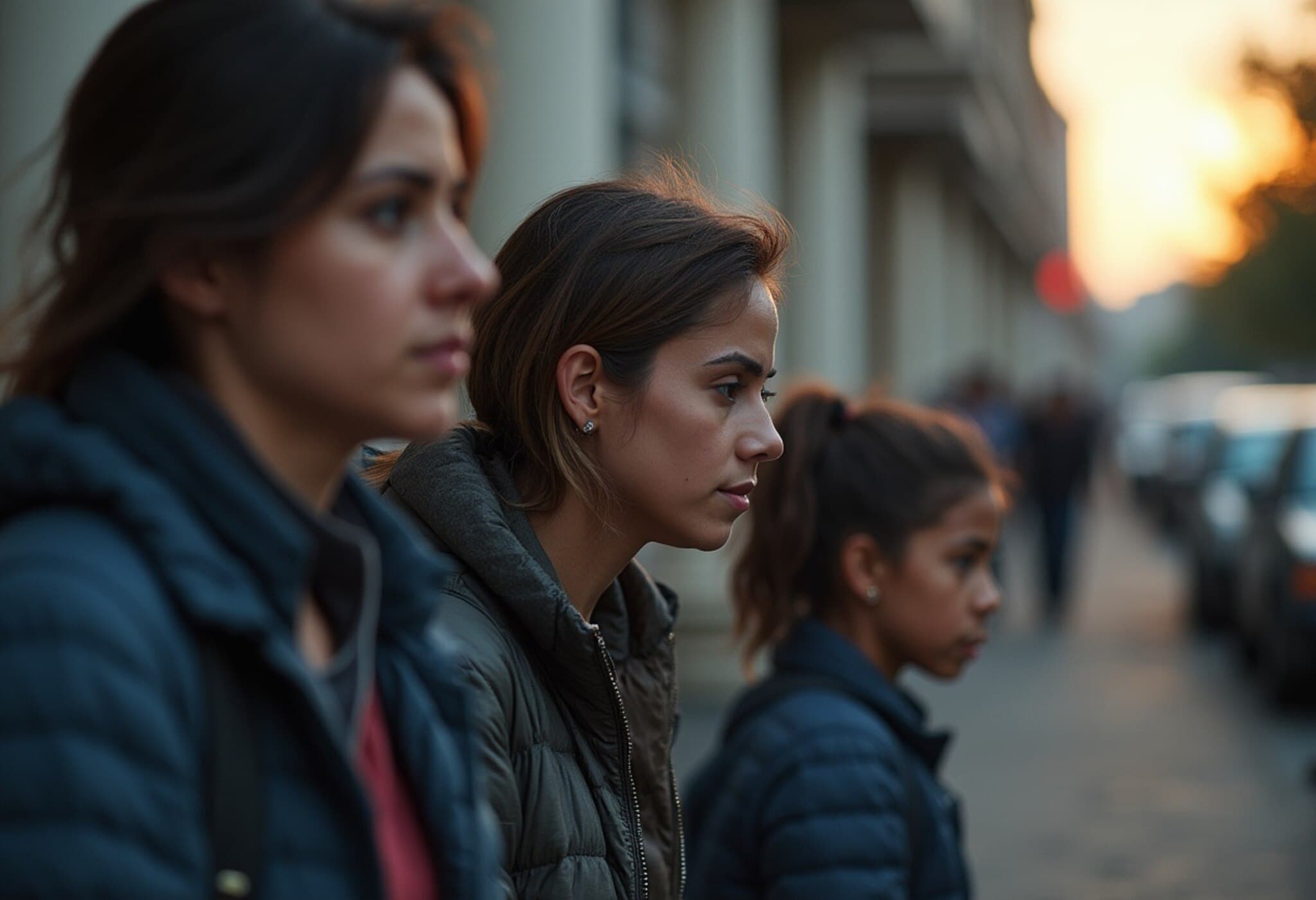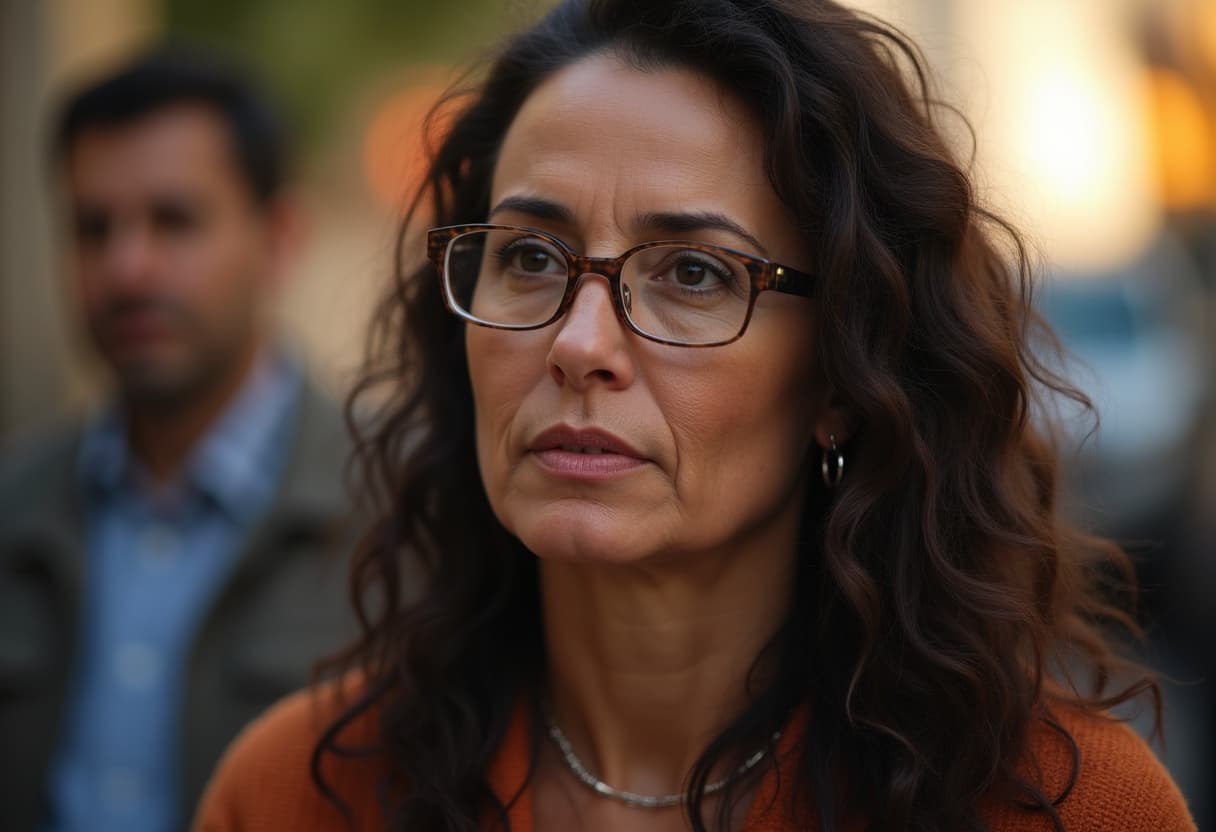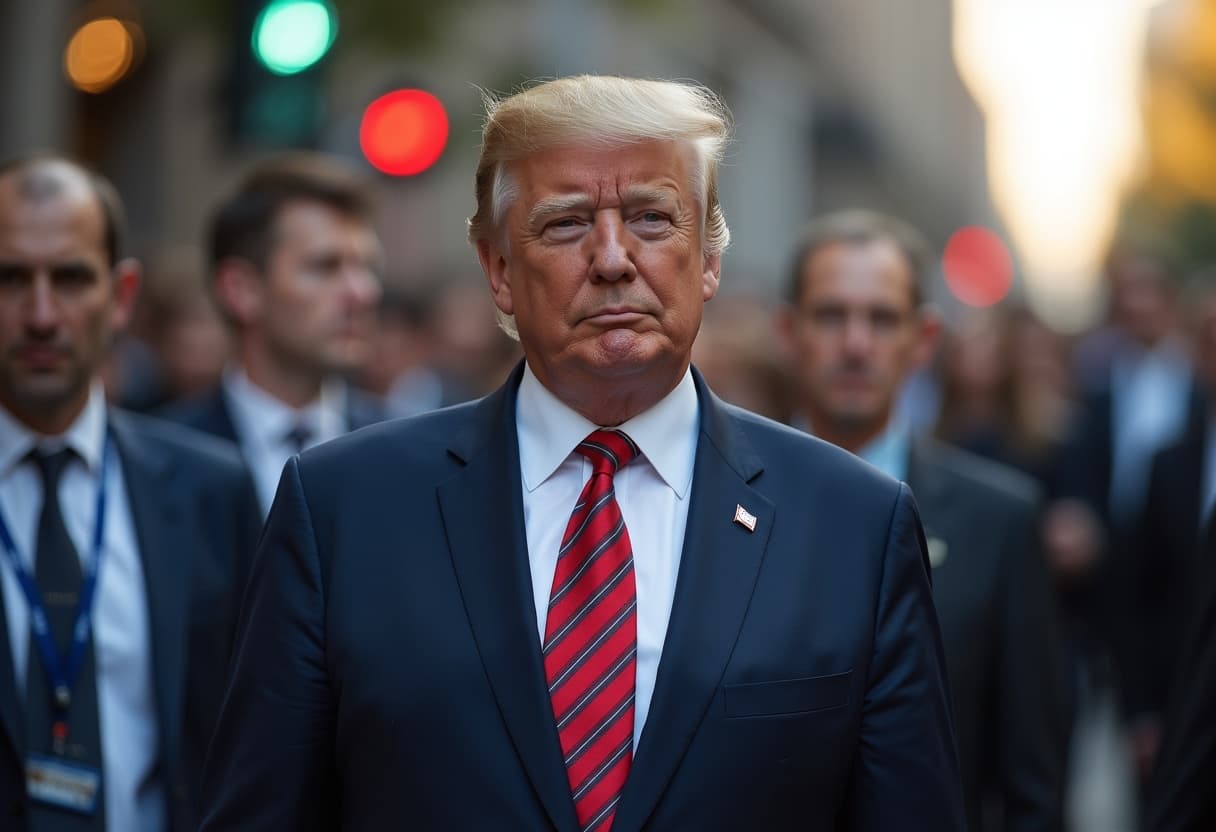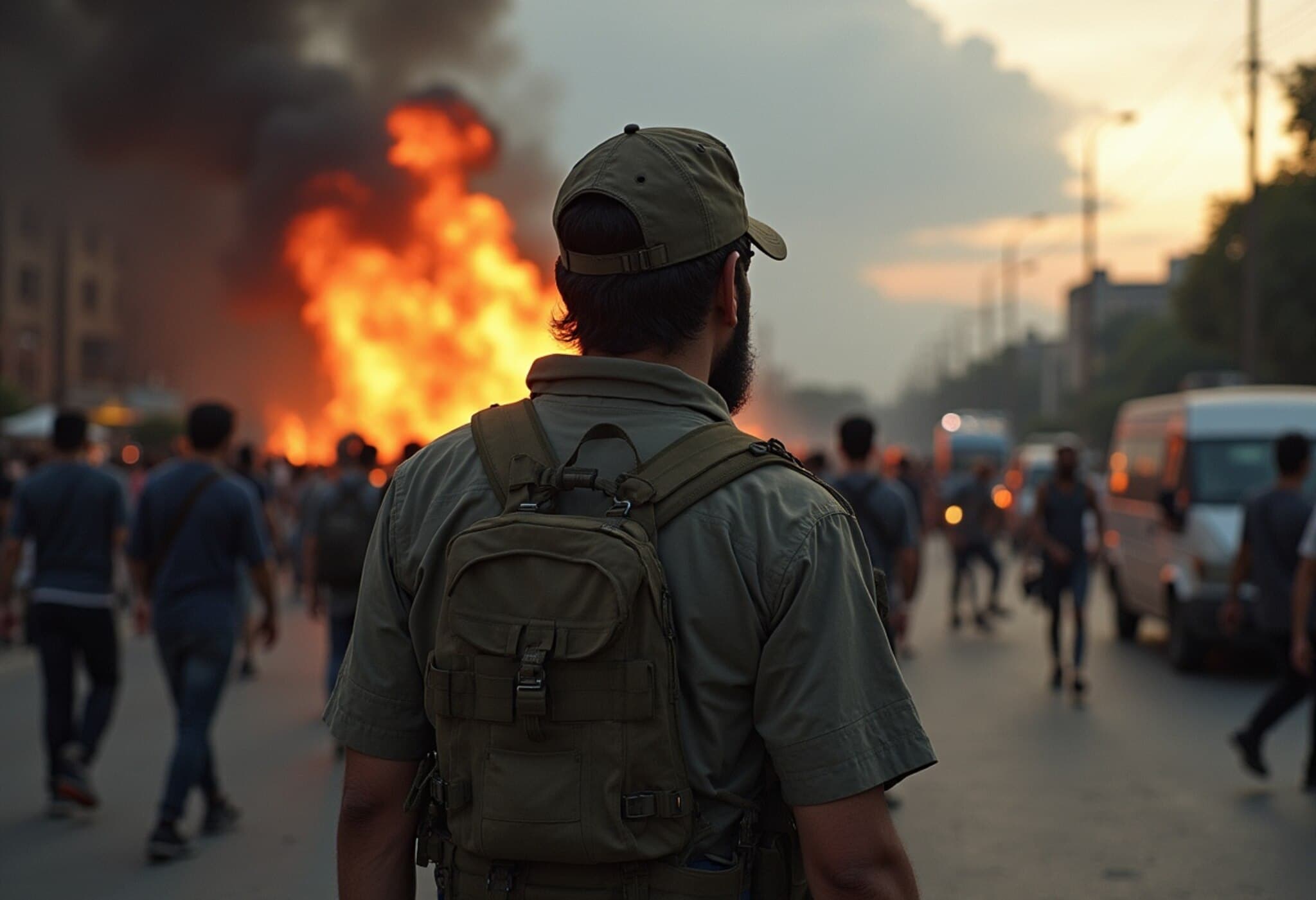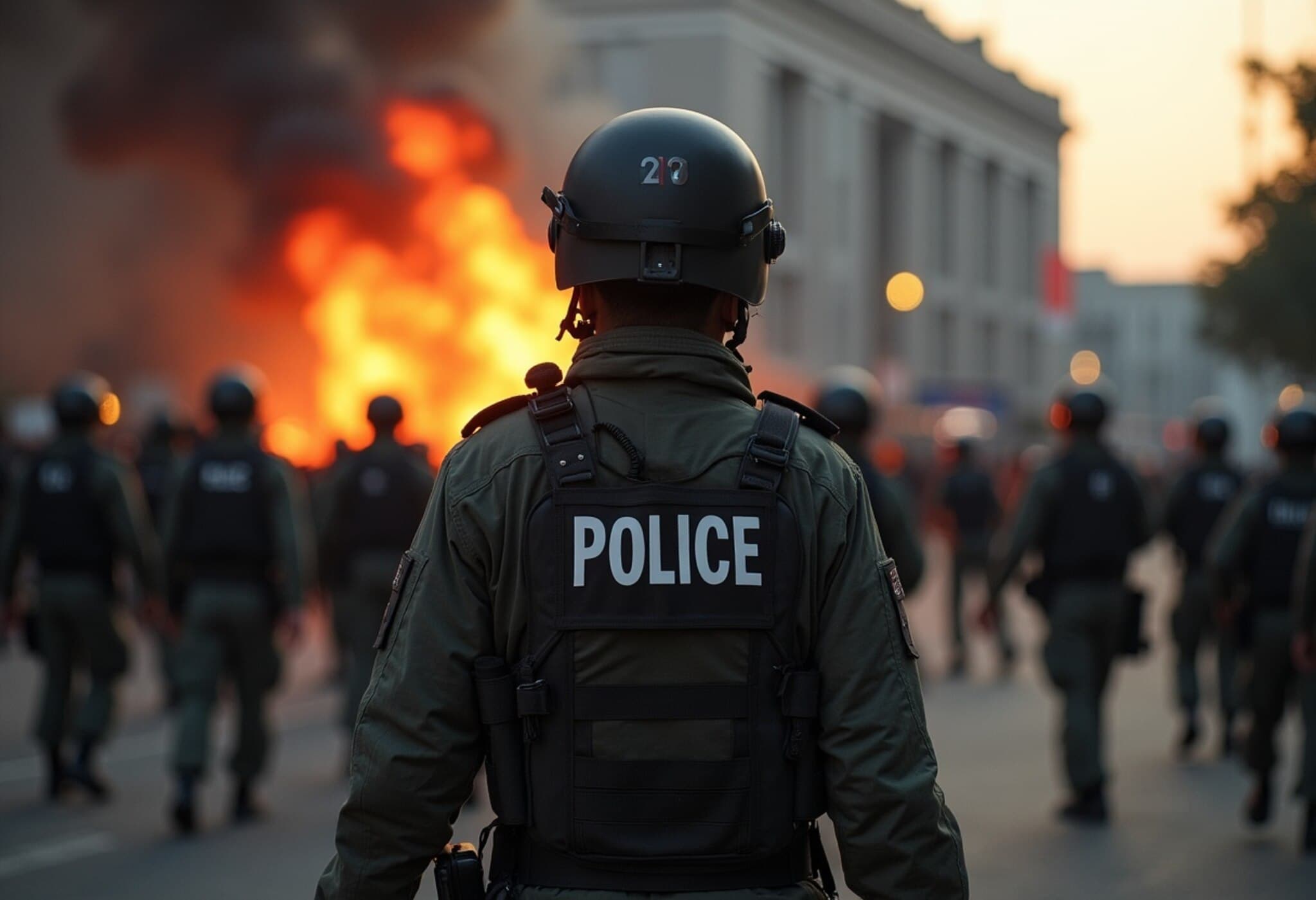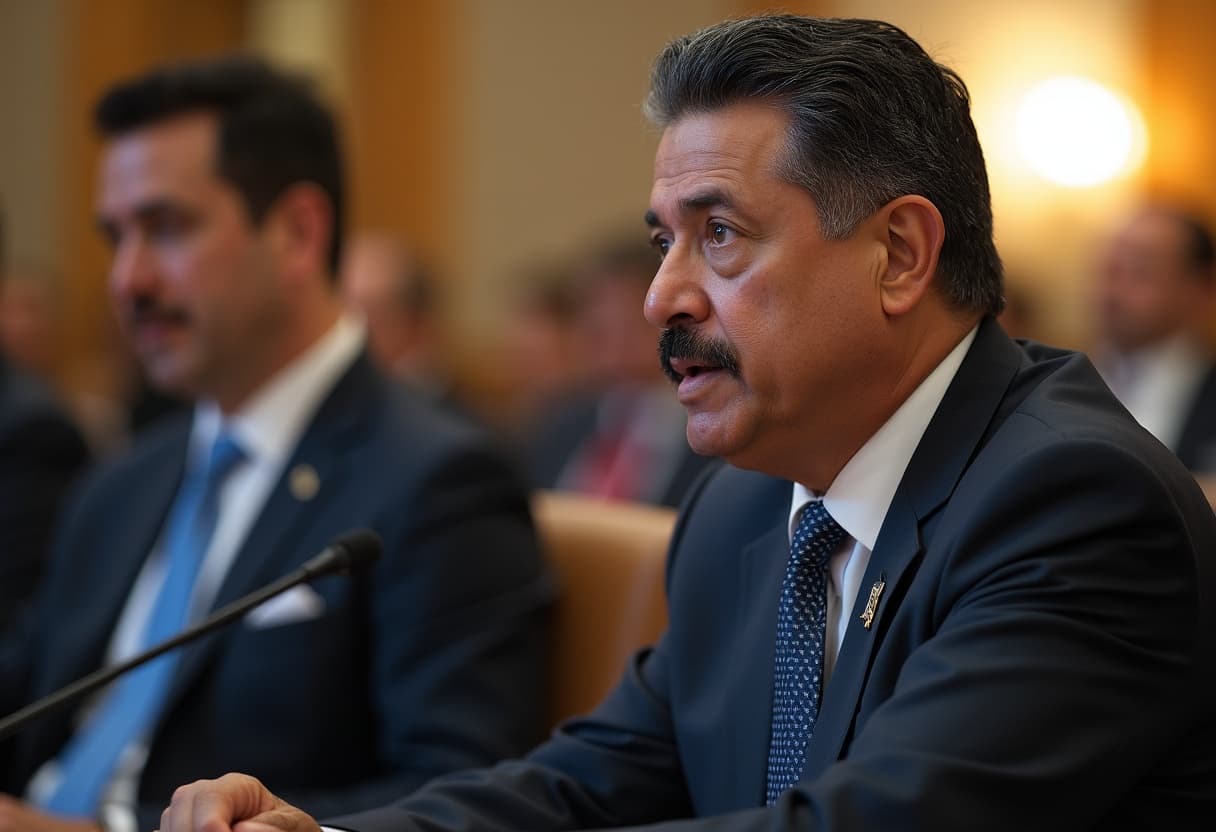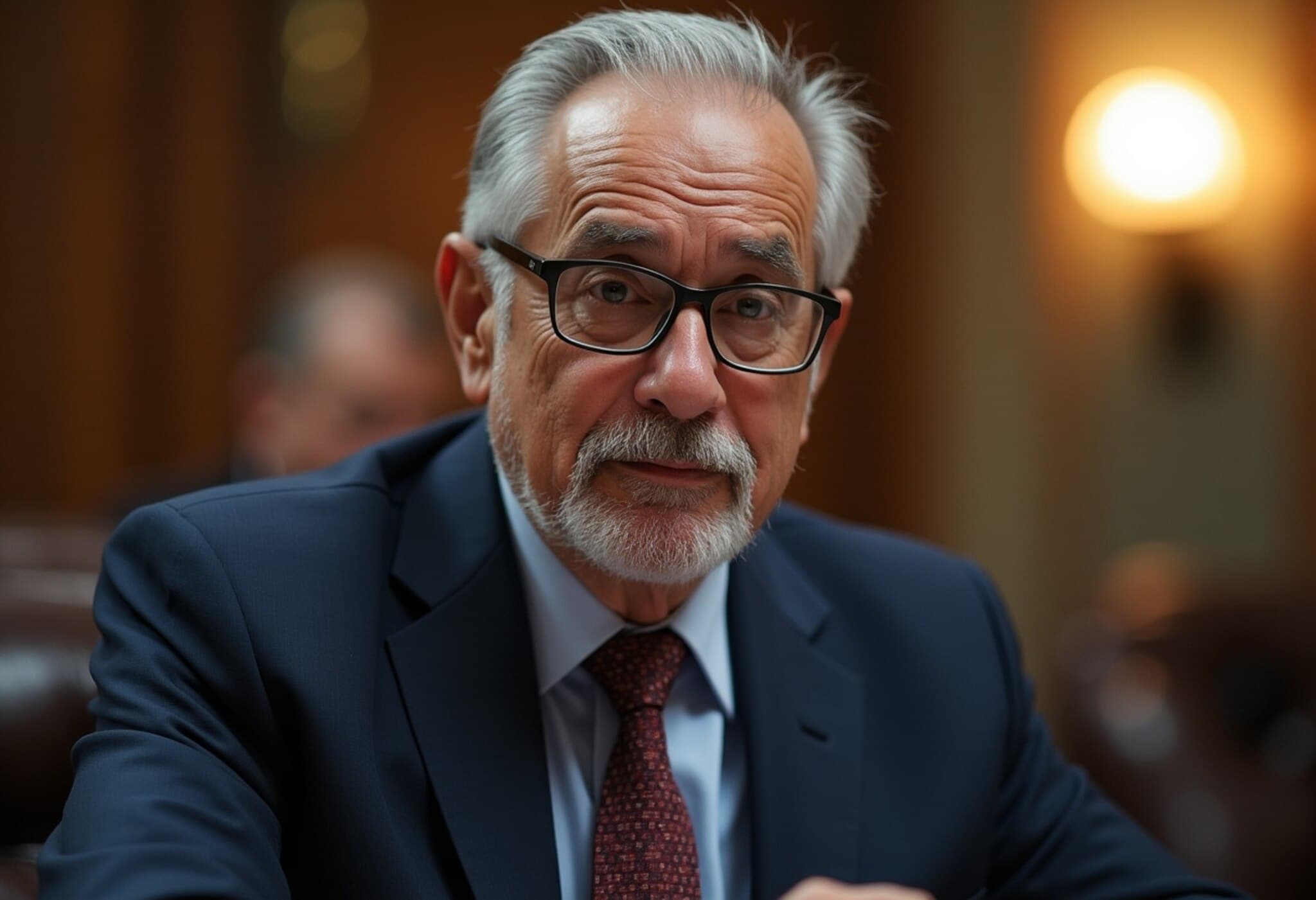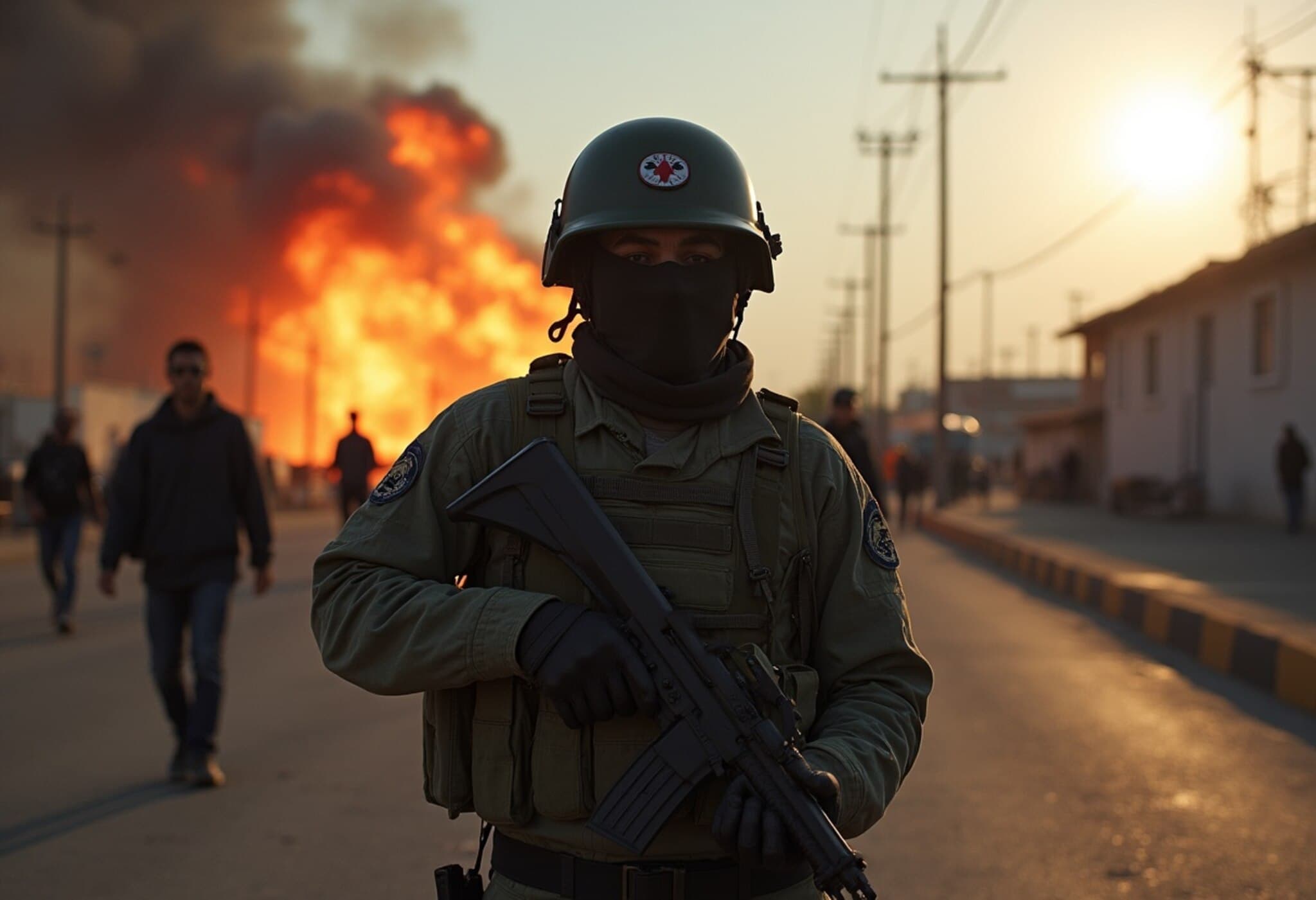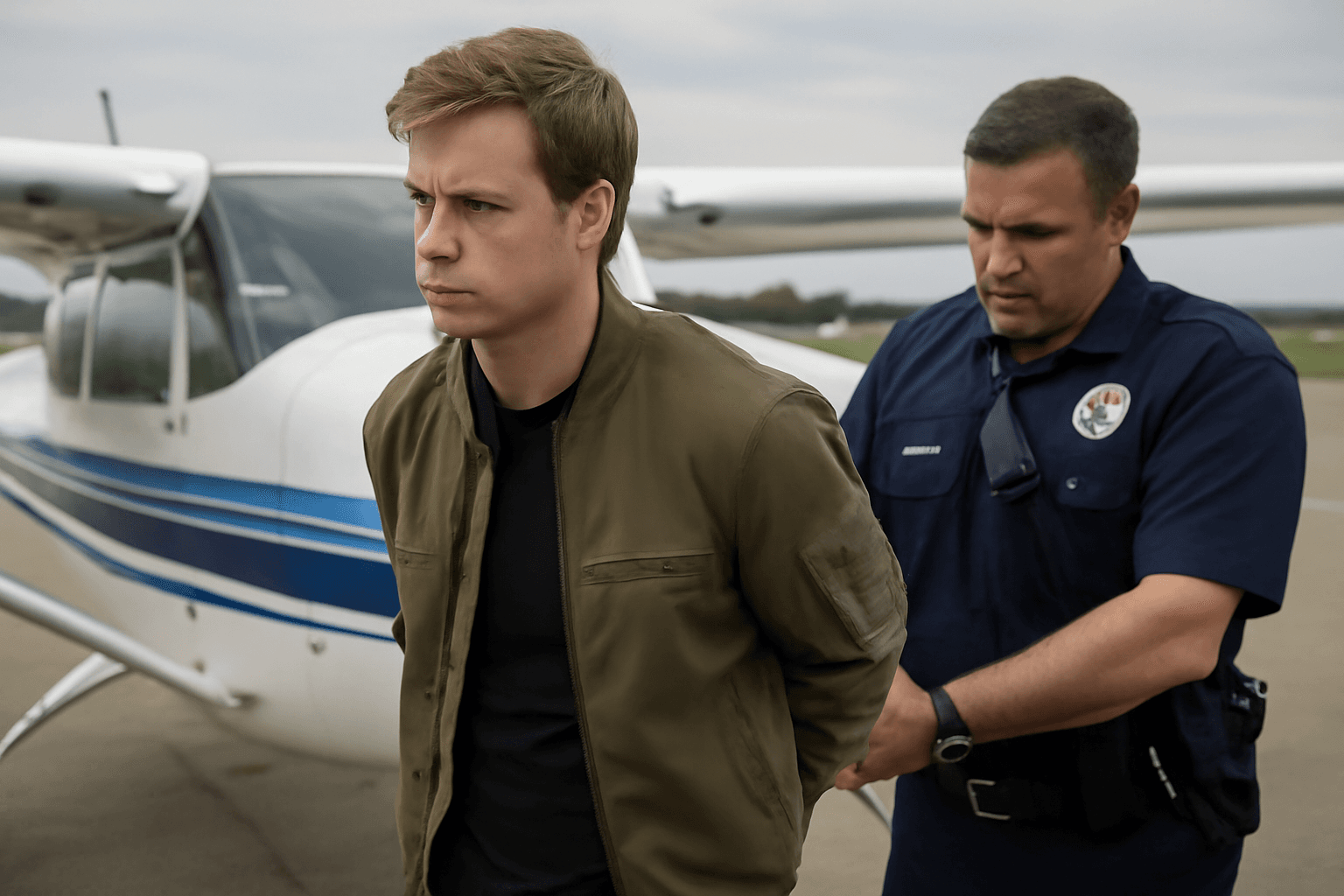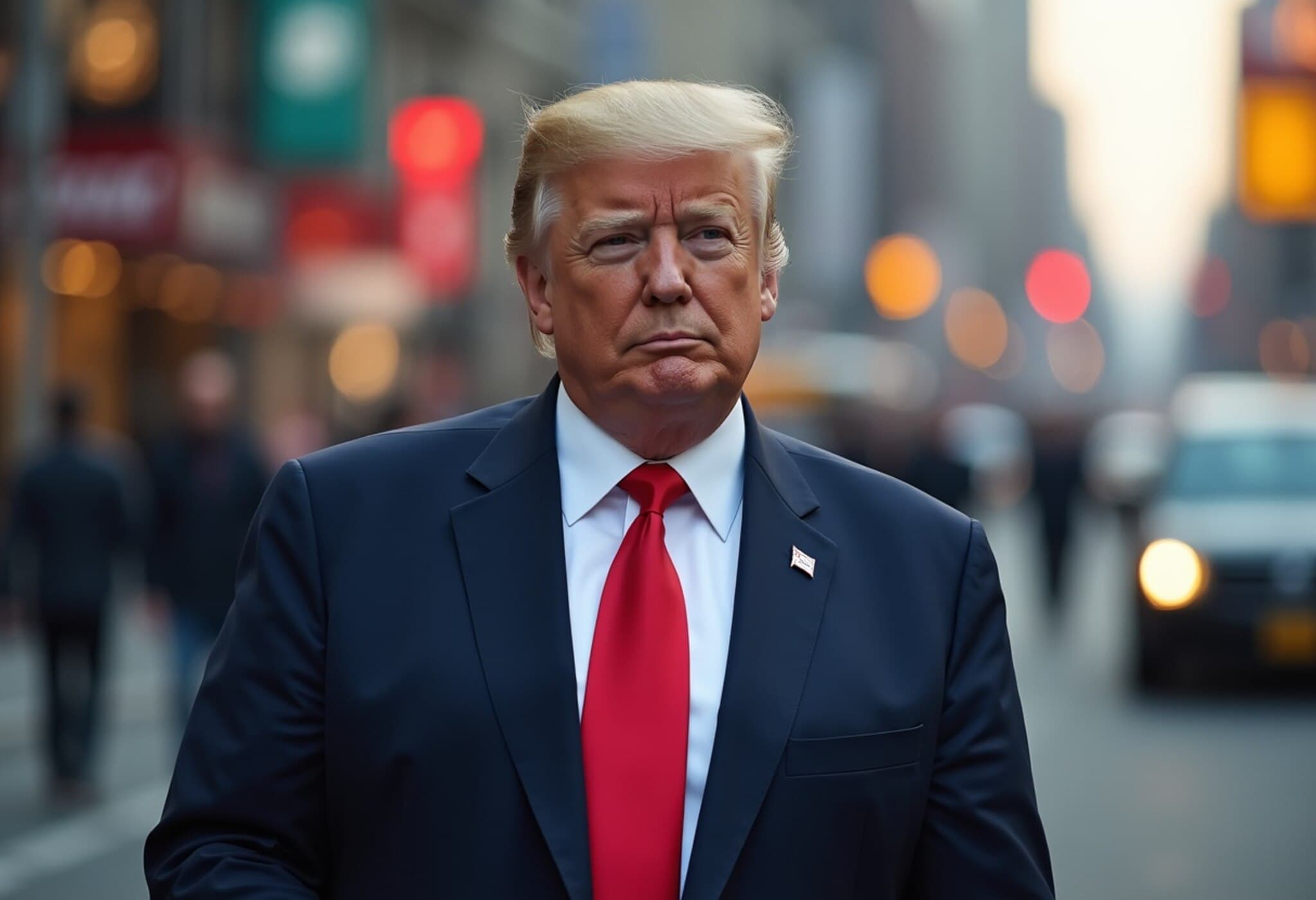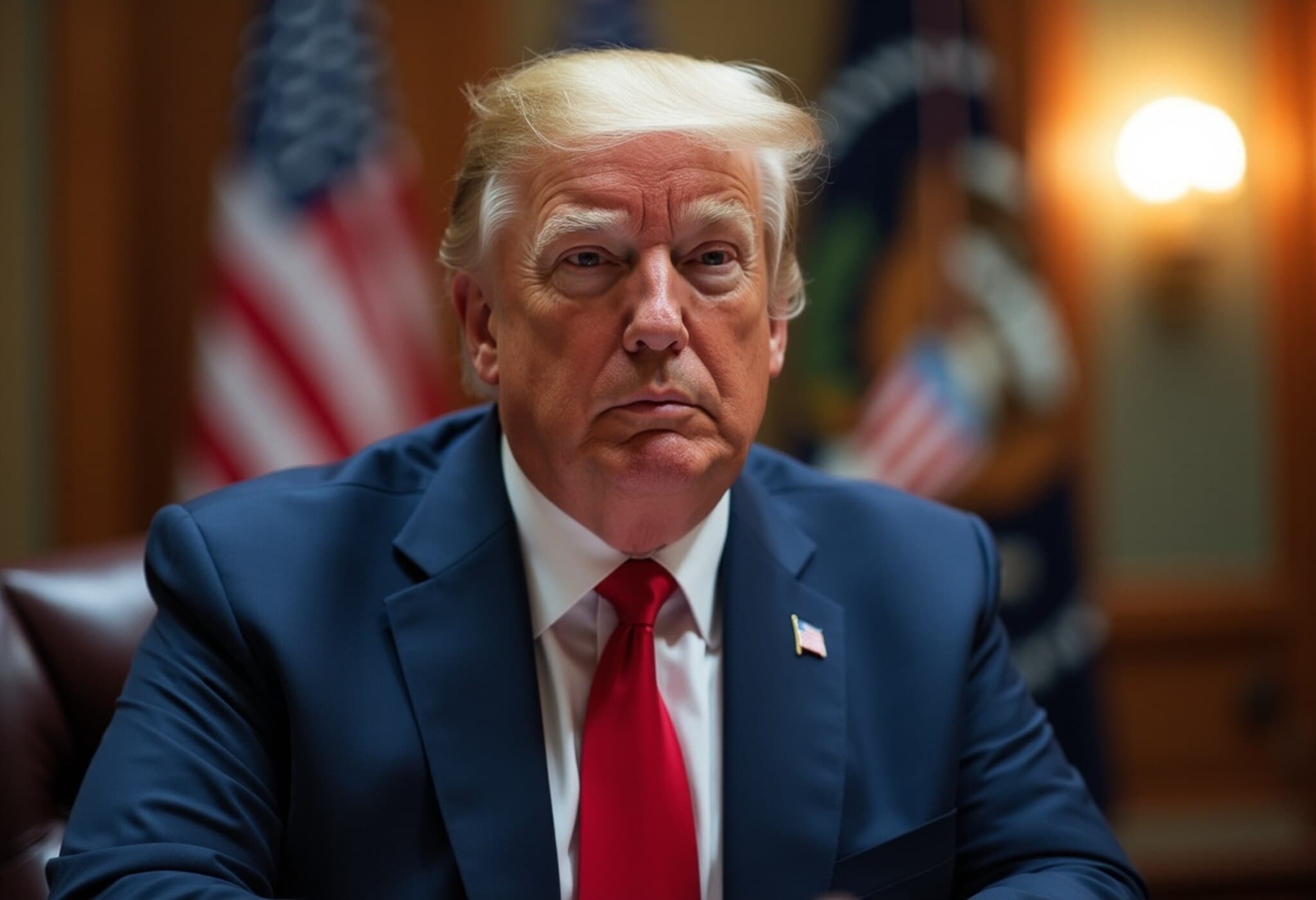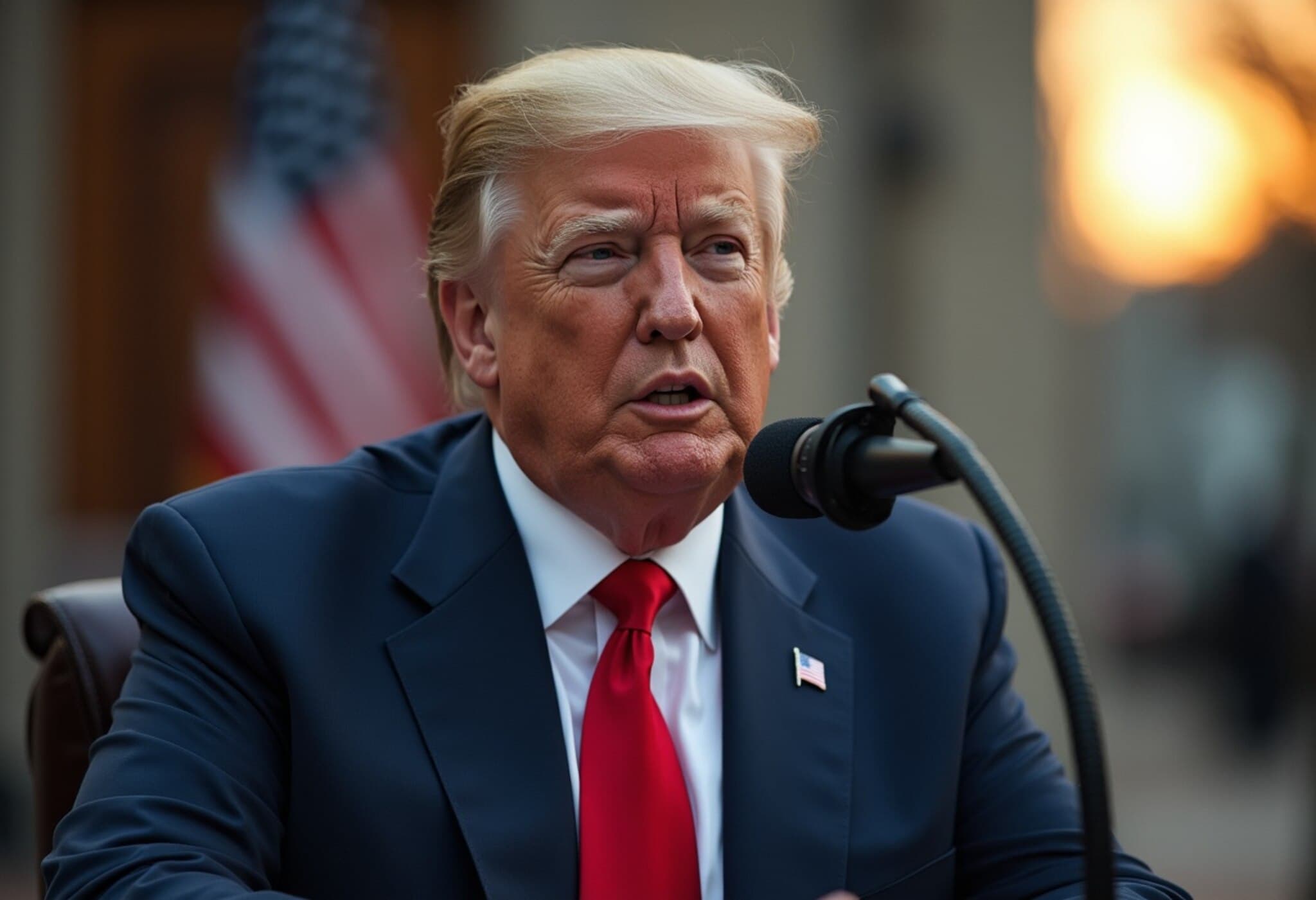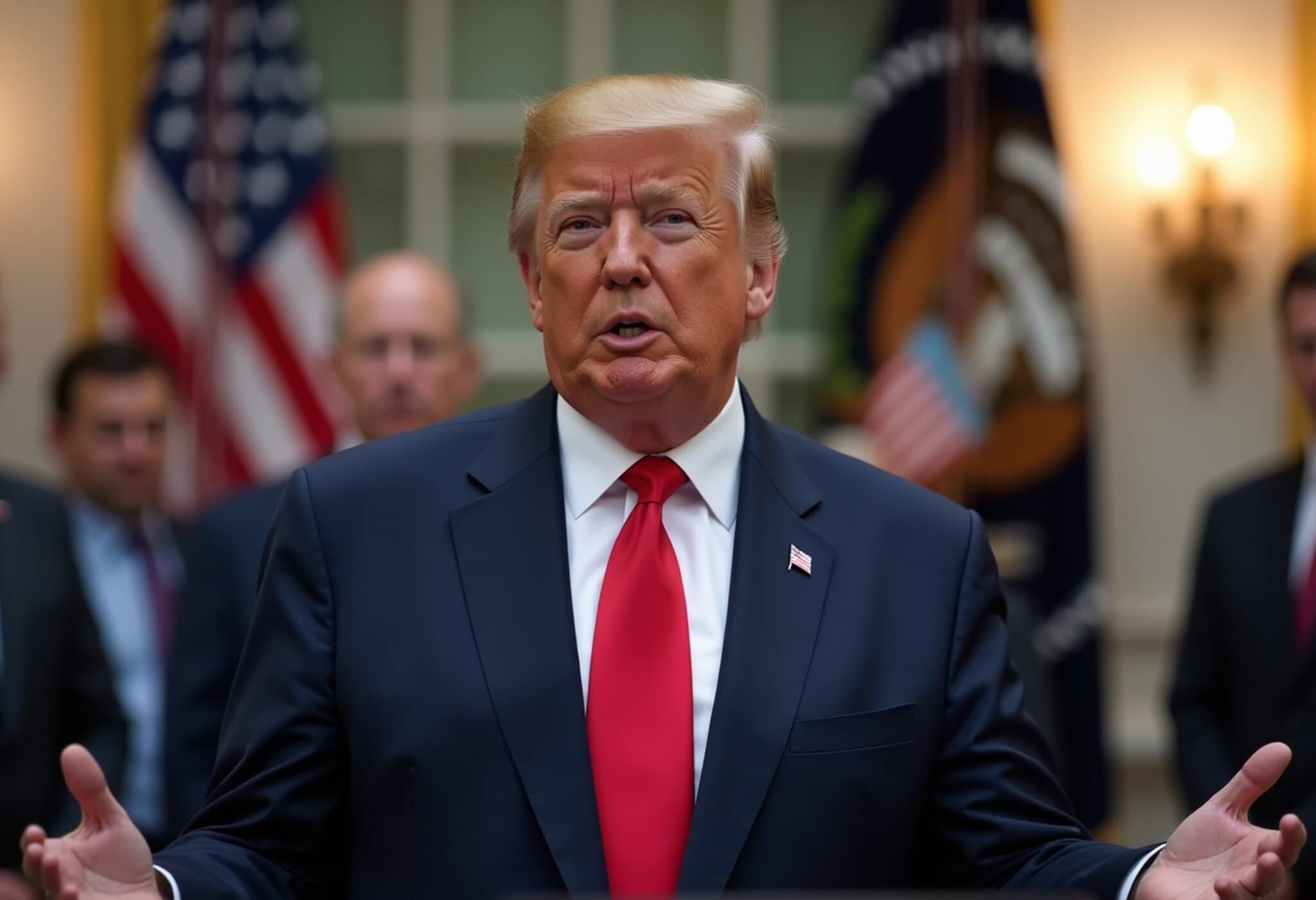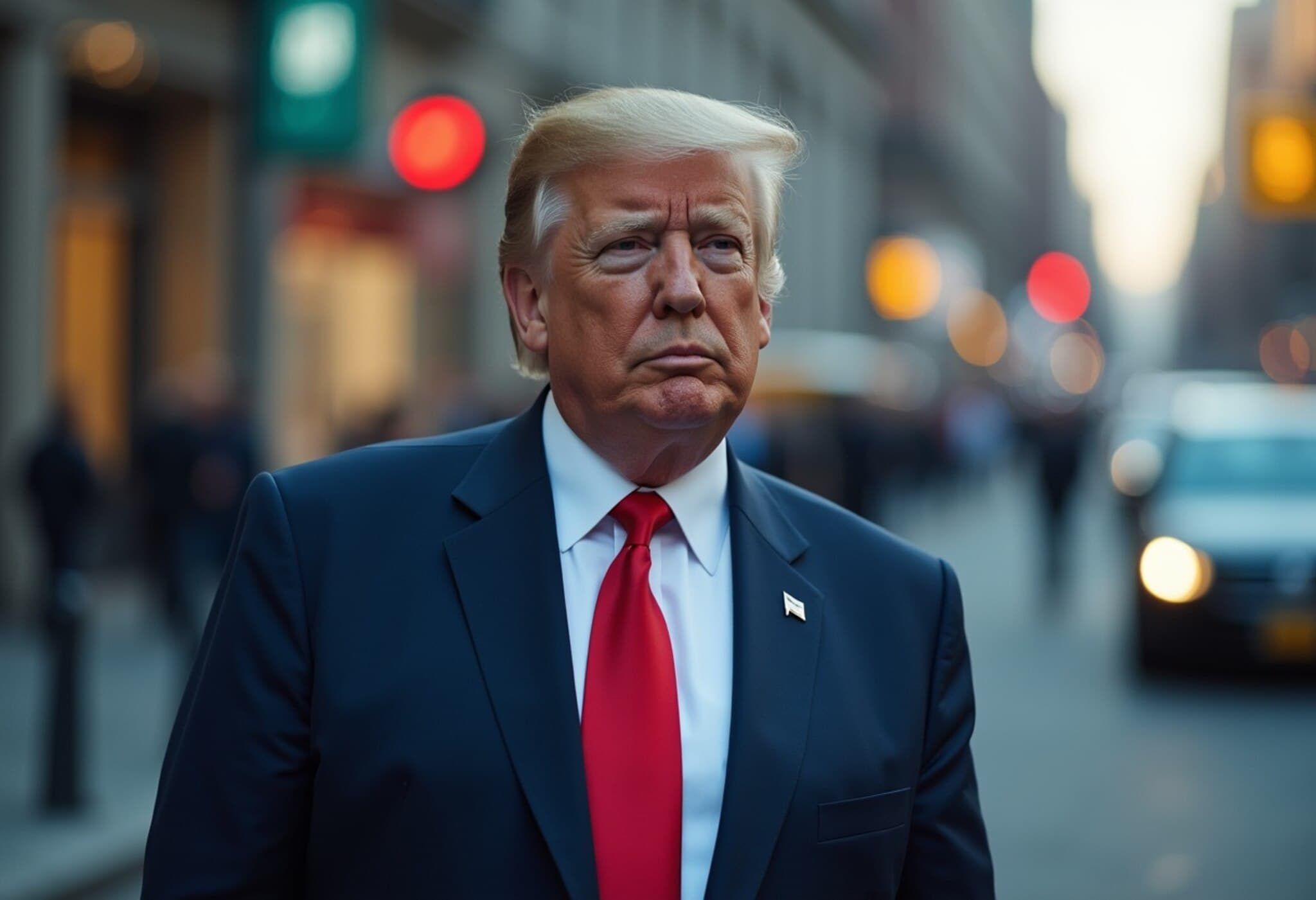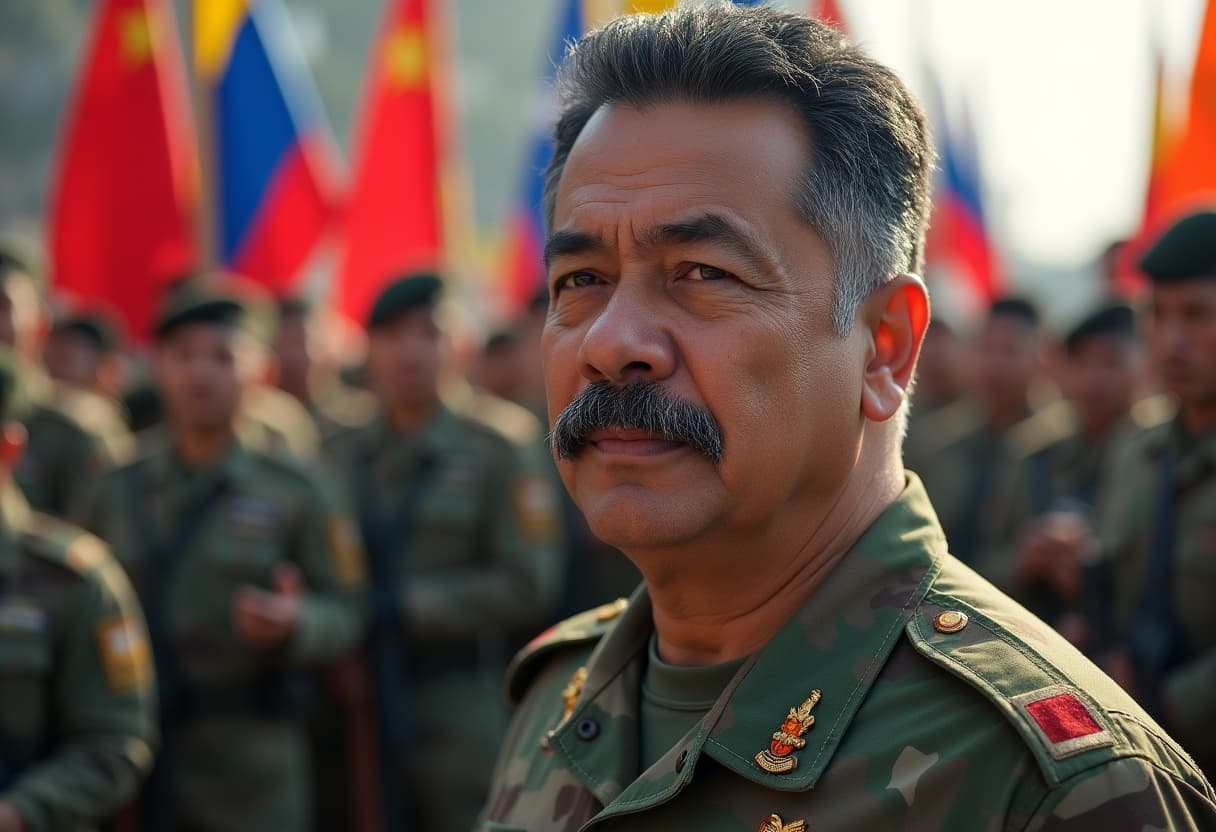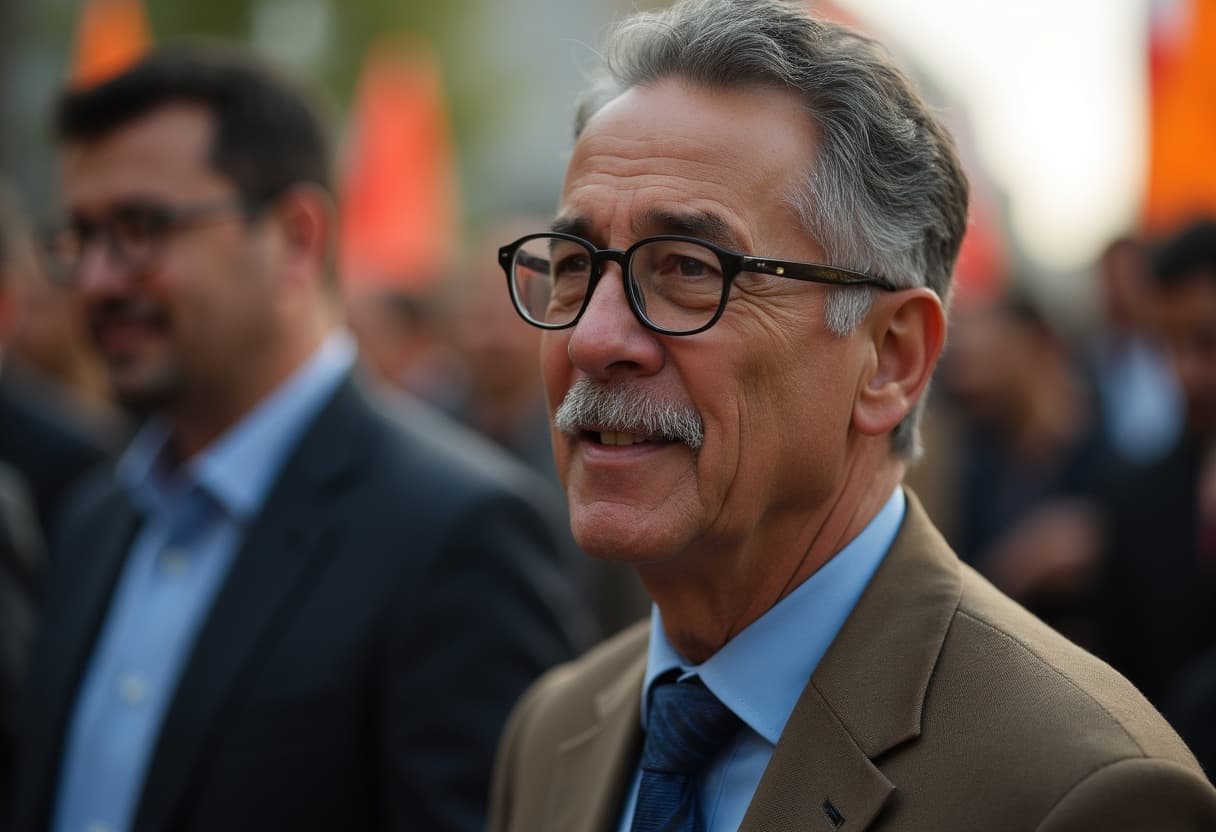Venezuela Ramps Up Military Preparedness in Face of U.S. Pressure
In a bold move reflecting escalating geopolitical tensions, Venezuela has initiated a comprehensive military mobilization, incorporating civilians in what President Nicolás Maduro and his administration describe as a national defense strategy against perceived threats from the United States.
Mobilizing Civilians: A Patriotic Call to Arms
Over recent days, Venezuelan officials have activated new defense zones and called on the public to participate in military training exercises. Defense Minister Vladimir Padrino López urged citizens to "prepare for the worst," citing a “serious threat” driven by U.S. military posturing under the Trump administration. This development includes paramilitary drills broadcasted widely on state television, showcasing civilians undergoing rigorous combat training such as crawling through mud, handling weapons, and navigating tactical obstacle courses.
Additionally, evacuation drills and military logistics movements have become more frequent, signaling a shift from routine internal security measures to a broader focus on external defense preparedness.
Contextualizing Venezuela’s Military Strategy
While the rhetoric from Caracas portrays millions ready to defend the nation in a potential conflict, military analysts remain skeptical. Andrei Serbin Pont, president of the Latin American research group CRIES, emphasized that the vast majority of Venezuela’s military hardware is optimized not for conventional warfare against a superpower like the United States but rather for managing internal unrest or regional skirmishes.
"You can’t resist conventional U.S. military power," Pont stated, calling the government's claims a blend of political posturing and efforts to unify a polarized population behind the socialist administration.
Political and Social Dimensions Behind the Mobilization
The recruitment for these militias largely draws from populations loyal to the ruling party—workers tied to neighborhood councils, food distribution networks, and other community organizations aligned with Maduro’s government. This strategy is as much about consolidating internal support as it is about actual defense readiness.
Interior Minister Diosdado Cabello highlighted this resolve in La Guaira by invoking the spirit of a "peasant militia" ready to defend Venezuelan sovereignty, dismissing notions that external forces could easily subdue the country with simplistic military strikes.
U.S.-Venezuela Relations: A Broader Security Challenge
These developments come amid increasing U.S. military activity in the Caribbean, with American officials hinting—albeit discreetly—at a strategic campaign aimed at destabilizing Nicolás Maduro’s government. The Trump administration’s framing of an "armed conflict" with drug cartels and hostile state actors in the hemisphere has stoked tensions and contributed to Caracas’ heightened alert.
Yet, within Venezuela, reactions vary. As Pont notes, segments of the population are indifferent or simply focused on daily survival rather than geopolitical struggles, underscoring the challenge of sustaining widespread popular support for potential military confrontation.
Expert Insight: The Limits of Venezuela’s Defense Posture
- Military capability: Venezuela possesses significant arms but lacks the infrastructure and technology to counter U.S. conventional power.
- Population mobilization: Actual willingness among civilians to engage in defense remains uncertain and likely limited.
- Political messaging: Military drills serve dual purposes of deterrence and regime solidarity.
These facets reveal Venezuela’s military exercises are as much about psychological and political strategy as they are about realistic defense planning.
Editor’s Note
Venezuela’s sweeping military mobilization underscores the fragile balance in U.S.-Latin America relations and the complex interplay between national sovereignty, external pressure, and domestic political survival. While the government’s assertive defense posture aims to project strength, it also raises critical questions about the population's capacity and willingness to confront an external military threat. Observers should watch for how this dynamic influences regional security and the broader discourse on U.S. foreign policy, especially considering the human costs often borne by ordinary citizens caught between geopolitical fault lines.

